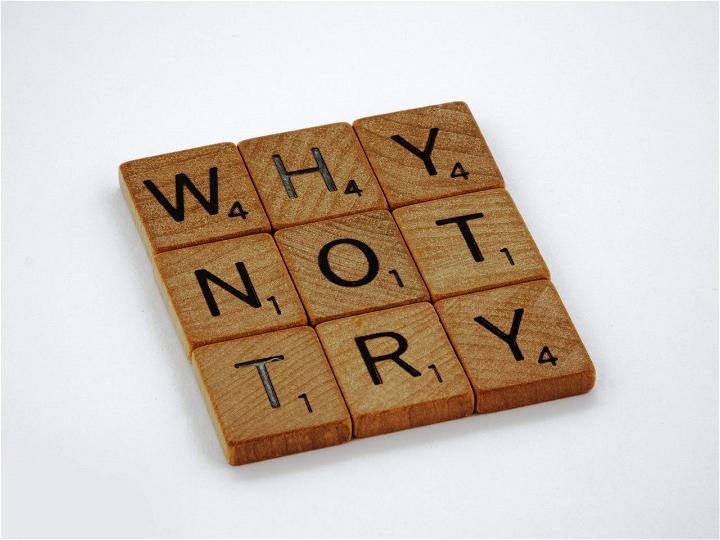You may love that the first thing you see when you open social media platforms is yellow, green, and gray emoji squares. Or maybe you don’t like the game and can’t grasp what all the fuzz is about. Either way, there’s a good reason for Wordle becoming so popular.
The game went from 90 players to two million in a short span, but why? There’s definitely a social component, but there’s more to it. Let’s dive into it.

The Social Component
Wordle is a web-based game where players try to guess a new 5-letter word every day. But you only get six attempts per day. After you either guess the word or miserably fail, you can share your results in colored emoji squares.
The words you entered are not visible to prevent other players from encountering a spoiler. But your friends and followers will see at a glance how you did that day, and that’s why your feed is flooded with green, yellow, and grey. It gives a sense of connection and community, as everyone around the globe is trying to guess the same word daily.
Psychology explains this phenomenon quite simply: people have a need for bonding with others, and games like this help bring players together and cooperate towards a common goal.
According to Kelli Dunlap, a clinical psychologist, the fact that results are so quickly shareable is one of the primary reasons for the game’s success.
The Cognitive Component
Psychology professor Douglas Gentile, on his behalf, talks about the ABC of human needs that resembles Maslow’s hierarchy of needs.
- A stands for autonomy: We want to feel in control.
- B stands for belongingness: We want to connect with others.
- C stands for competence: We want to be good at what we do.
We explained the B component in the social section, but what about A and C?
Choosing to play the game can give you a sense of control, as you’re the one actively deciding to take part. Moreover, if you win, you feel competent. Maybe others didn’t guess such a difficult word, but you did!
Of course, you can’t win every time. Some days you’ll encounter a defeat, but that’s what makes the game so fun. Think of it as playing chess against someone inexperienced. If you always win, the game eventually loses its appeal, and you’d rather do something else.
Also, sharing your defeats with others that also lost helps with component B.
Once A Day
You have six attempts a day to guess a word, and that’s it. Once you guess the word or fail at it, you can move on with your life. It doesn’t consume a lot of time like other popular games, yet it’s as addictive as any other! It helps create anticipation, a key factor to any game.

Guilt-Free
You probably feel the need to be productive most of the time. Sometimes you feel bad after spending half an hour scrolling through social media or watching a TV show. You come back to Earth and ask yourself where your time went. But again, this doesn’t happen with Wordle.
It encourages you to spend three to five minutes a day, and that’s it. There are no ads, emails, or push-up notifications that encourage you to spend more time on the app. You don’t feel guilty for spending too much time on the game.
Ad-Free
Even after skyrocketing to millions of players in the matter of months, the creator doesn’t charge players or adds advertising to the game. Josh Wardle first designed this game for his fiancé, and it’s safe to say he didn’t expect such an outcome!
Today, most free apps or services come with a cost. You know what they say: if something’s free, you’re the product. Everyone is trying to sell you something, whether you’re on Instagram, Facebook, YouTube, Reddit, Twitter, etc.
It doesn’t matter the platform – there are personalized ads for you waiting. That’s why it’s so refreshing to casually play a game that doesn’t want anything from you. You’re allowed to play, have fun, and share it online.
Although Josh didn’t make a profit from players, he did sell the game to The New York Times for a generous amount of money. Hopefully, the game will continue to be free-to-play and ad-free. As long as it is, more players will join!




